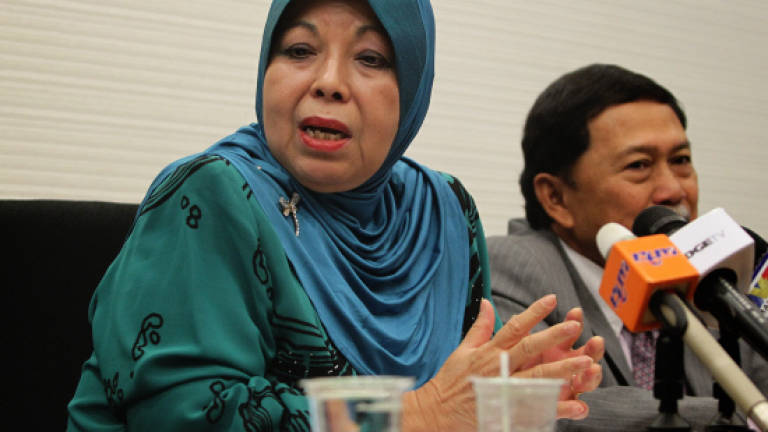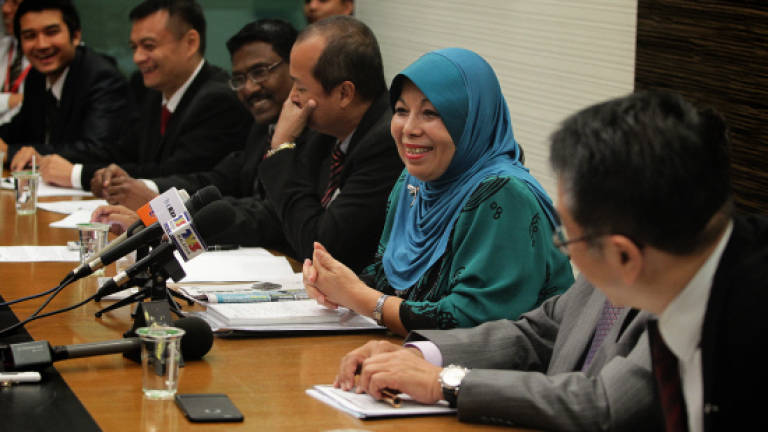MAA unclear of GST implications to car prices


PETALING JAYA: The Malaysian Automotive Association (MAA), which has projected a total industry volume (TIV) forecast of 680,000 units for 2015, is in doubt whether the implementation of the Goods and Services Tax (GST) would actually lower car prices.
Its president Datuk Aishah Ahmad said one of the issues is that for current stock held by distributors and dealers, Customs regulations denote that car companies cannot claim back the entire sales and service tax of 10%, but only 2%, meaning that the remaining 8% has to be borne by the company or be passed on to customers.
"When GST is implemented, we have to pay another 6% GST, which adds up to 14%. Now it's 10% and that's the issue. That means the prices of cars are going to be higher for whatever inventory that you have in stock," she told a press conference after announcing the market review for 2014 and outlook for 2015 here yesterday.
She said in reality, there are many questions on GST, of which the association has appealed to the government since October to allow car companies to claim back the entire sales and service tax in view of the impending GST. On this, MAA is still waiting for answers and hopes to get a response from the Ministry of Finance by the end of the month.
"This is not highlighted. The reality is we really do not know whether car prices are going to come down or not with the GST implemented," said Aishah.
She explained that dealers usually keep one-and-a-half months of stock and they are small businessmen who cannot survive the blow if they are to absorb the 8% sales and service tax.
"There are several issues that we have to face, not only sales tax but warranty, parts… these are going to be an add-on but as responsible players in the industry, we'll do what we can to try to minimise the impact to customers," Aishah said, adding that if there is a reduction in prices, customers will benefit.
Last week, the Malaysia Automotive Institute (MAI) had said that the 6% GST that will replace the sales and service tax of 10% in April 2015 should reduce car prices by some 1% to 3% due to the drop in tax being paid.
Aishah also pointed out that if the ringgit continues to weaken against the US dollar, car companies may need to resort to increasing car prices as the components sourced overseas are paid in US dollars.
"Even if we do 50% localisation, which is the average of some of the brands, with the increase in the exchange rate, the car prices are going to go up. But we can hold back now for a short time frame but how long can car companies hold back prices? If they lose money, they have to increase prices. It's not that we want to do it but it's beyond our control if the exchange rate weakens further."
Aishah said MAA's 2015 TIV forecast of 680,000 units, compared with MAI's forecast of 700,000 units, reflects its realistic outlook on the automotive industry. MAA's forecast indicates a 2% growth from 666,465 units in 2014.
The forecast took into account the global economy that is expected to moderate owing to uncertainties such as the declining crude oil prices, political instability in the Middle East, the weakening ringgit, inflation and the impending Implementation of the GST.
MAA also forecast TIV to hit 694,280 units in 2016, 709,554 units in 2017, 725,874 units in 2018 and 743,295 units in 2019.
Meanwhile, MIDF Research said there was no announcement on the implementation of the ELV program during the Prime Minister's Budget review speech and thus its outlook for the automotive sector remains largely unchanged.
"However, the government's lower GDP (gross domestic product) forecast range for 2015 of 4.5% to 5.5% may potentially imply downside risk to our 2015 TIV target of 670,000 units. As a result, we may consider trimming our TIV target for 2015."
Ends